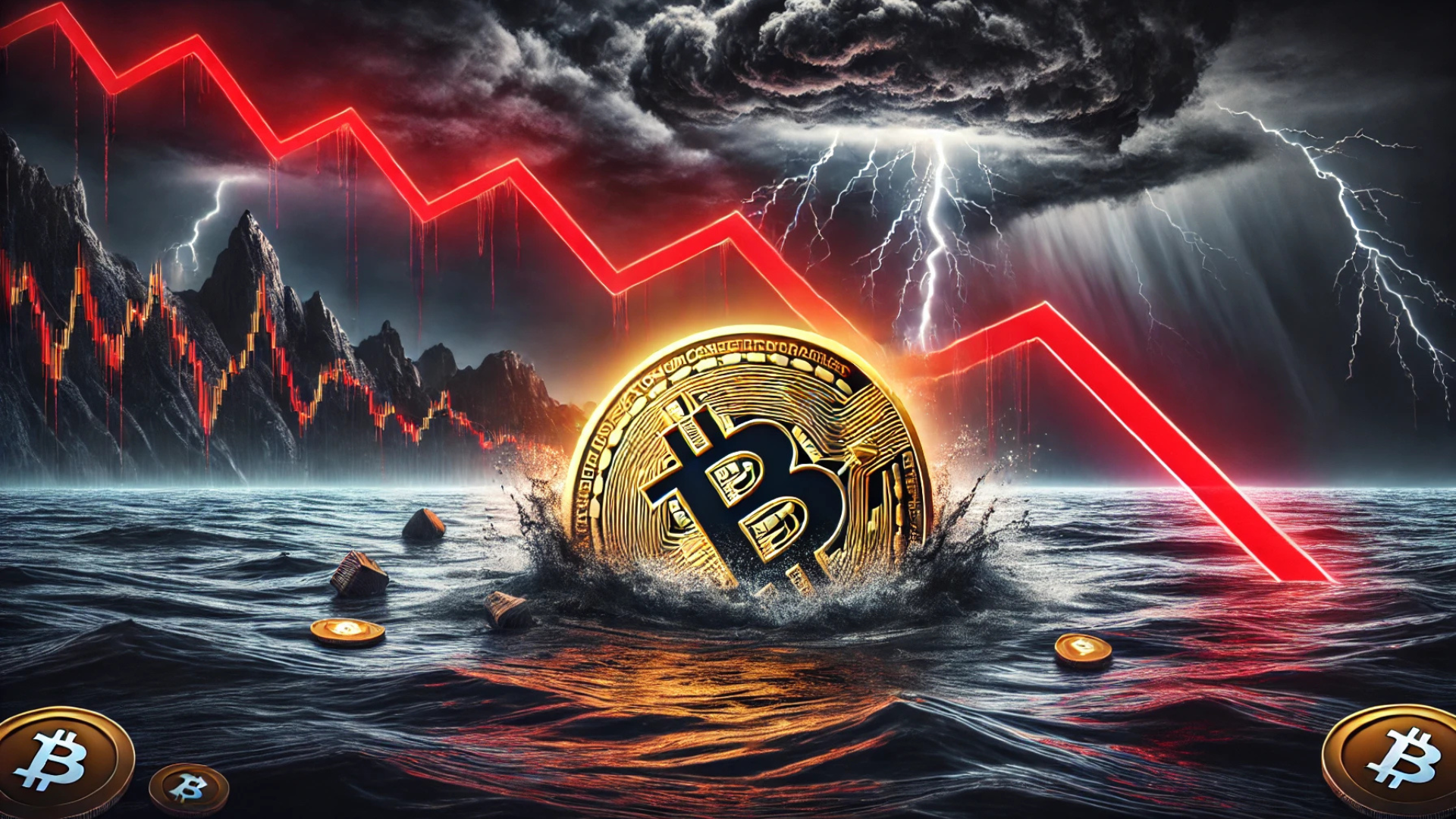
The crypto industry has been optimistic about the pro-crypto shift in U.S. regulatory policies in recent months. With President Trump’s own memecoin, the SEC scaling back enforcements, and a crypto-focused executive order from the White House, market sentiment had been largely positive. However, the past week has shown that macroeconomic factors now play a more significant role in shaping crypto’s trajectory than ever before.
Crypto Market Hit by Tariff Announcement
On the day President Trump announced tariffs on China, Canada, and Mexico, the crypto market lost $2 billion, with some estimates suggesting liquidations exceeded $10 billion—worse than the FTX fallout. According to analysts, the downturn was exacerbated by the “buy the rumor, sell the news” phenomenon.
Although Trump has temporarily postponed Canada and Mexico tariffs by a month, the prospect of trade restrictions remains a major concern. If implemented, these tariffs could curtail consumer spending and increase economic uncertainty, heightening recession risks.
Tariffs as a Catalyst for Economic Contraction
Tariffs function as a tax on imported goods, raising their prices to protect domestic industries. However, this protectionism comes at a cost—higher consumer prices, reduced spending, and slower economic growth.
With consumer spending accounting for 68% of U.S. GDP, any sustained reduction in demand can push overall economic activity below recessionary thresholds. Employment could also take a significant hit. The proposed 25% tariffs may cause a 0.25% job loss in the U.S., while Canada and Mexico could experience up to 3% job losses.
Deutsche Bank analysts warn that sustained tariffs on Canada and Mexico—two of the U.S.’s largest trading partners—could have a greater economic impact than Brexit had on the United Kingdom. Given the interdependence of these economies, a full-scale trade war could push Canada and Mexico into recession in the coming months.
The Broader Economic Impact of Trade War Escalation
Tariff-related uncertainties have disrupted international trade flows, raised production costs, and driven up prices across industries. Companies scrambling to adjust their supply chains have added to the instability.
Bitcoin’s recent price swings highlight the heightened sensitivity of crypto markets to trade war developments. After Trump postponed the tariffs, Bitcoin rebounded from $92,000 to over $100,000. However, China’s retaliatory tariffs triggered another downturn, pulling Bitcoin’s price back to $96,000 within hours.
Inflation Risks and the Federal Reserve’s Dilemma
Federal Reserve officials have expressed concerns about the inflationary impact of widespread tariffs. Chicago Fed President Austan Goolsbee has warned that tariffs could disrupt supply chains, raising import costs and accelerating inflation.
This presents a challenge for the Fed. On one hand, it must combat inflation through tighter monetary policy. However, overly aggressive rate hikes could exacerbate the economic slowdown triggered by trade tensions, increasing recession risks.
Gold Emerges as the Safe-Haven Asset
While Bitcoin and other cryptocurrencies have struggled with volatility, traditional safe-haven assets like gold have surged. On February 3, gold prices hit an all-time high, reflecting investors’ preference for stability in uncertain economic conditions.
With tariffs fueling inflation, weakening global trade, and undermining investor confidence, gold has become an attractive hedge against economic turmoil.
The coming weeks will be crucial in determining the long-term impact of Trump’s tariff policies. If aggressive trade restrictions persist without significant concessions, inflation and market volatility could escalate, potentially triggering a recession in key economies.
While some argue that tariffs could force better trade deals, the broader economic risks—including weakened consumer confidence and global liquidity constraints—cannot be ignored. Policymakers and investors must carefully weigh the consequences of trade protectionism against its potential benefits, recognizing that its effects extend far beyond international commerce.


















































































































































































































































































































































































































































































































































































































































































































































































































































































































































































































































































































